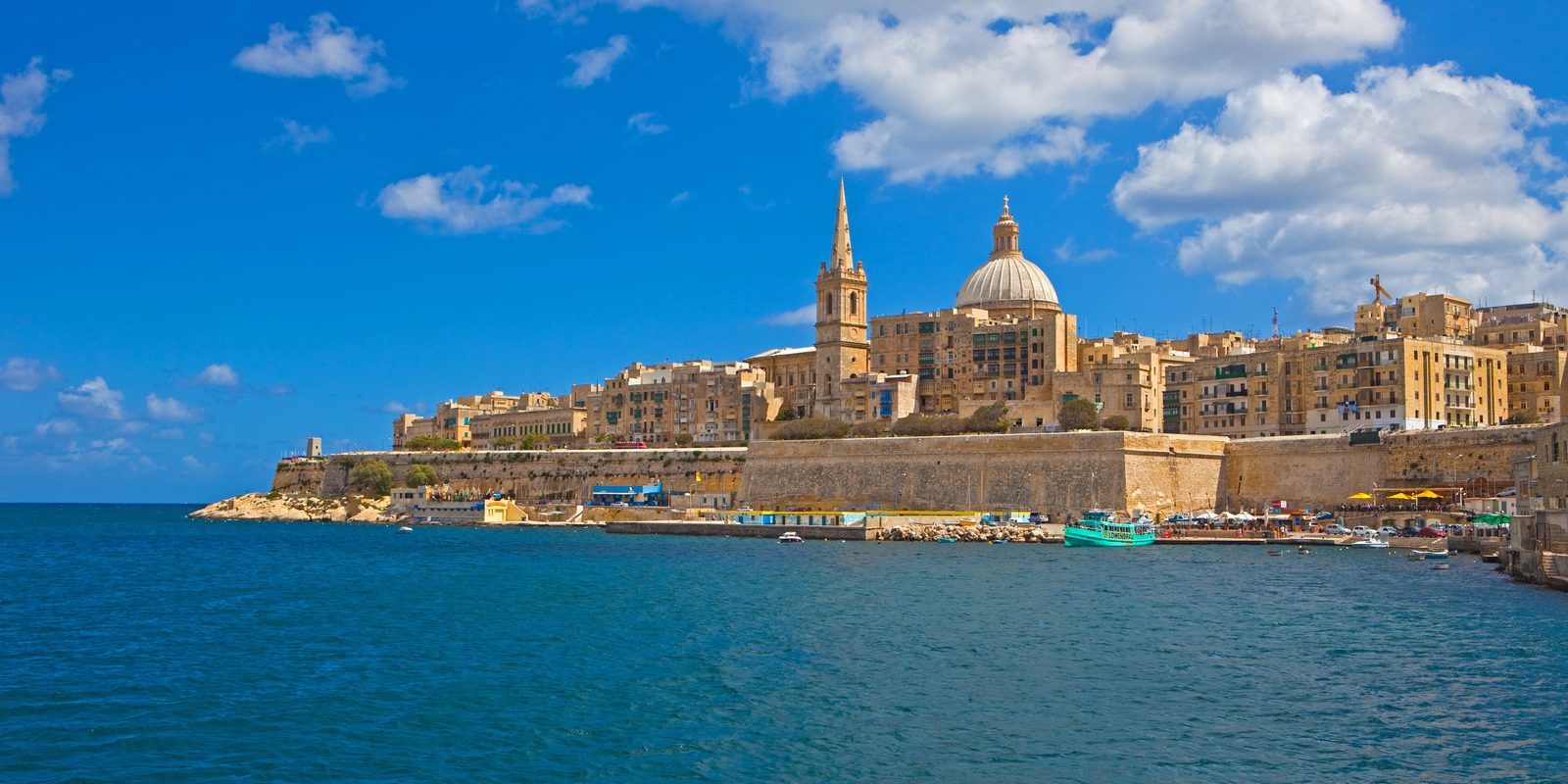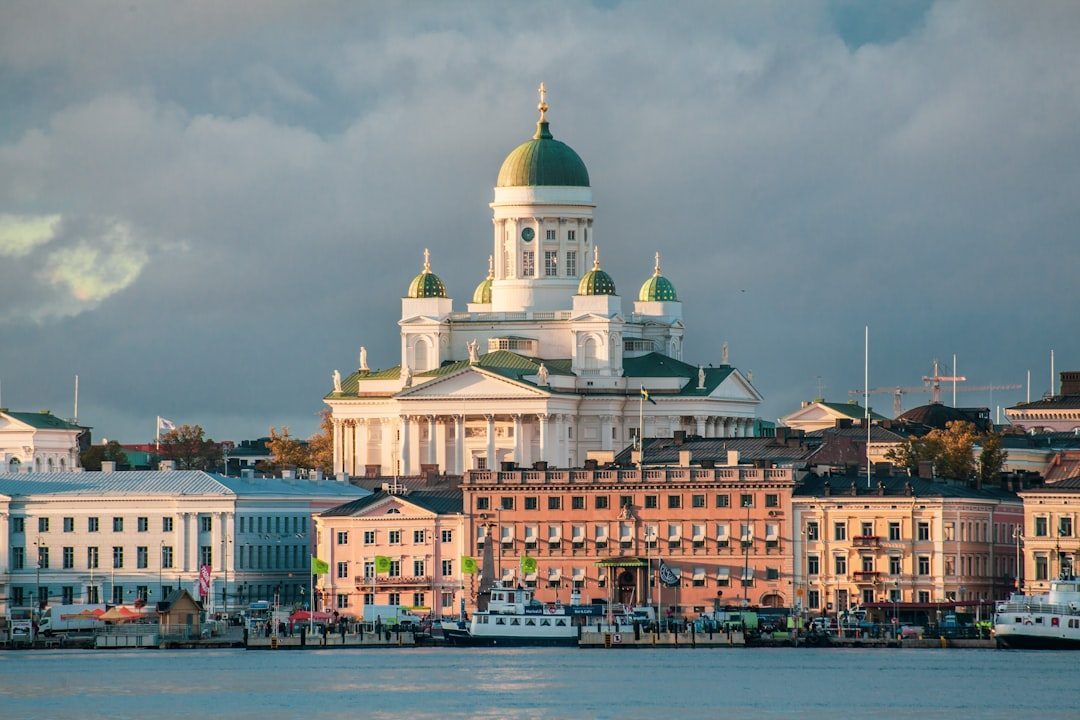Why Food Lovers Are Flocking to These 6 Underrated Countries, Surveys Suggest

The global culinary tourism landscape is experiencing a dramatic shift. With the international culinary tourism market valued at over eleven billion dollars in 2024 and nearly sixty percent of travelers now believing food and drink are more important than they were five years ago, travelers are increasingly seeking authentic, immersive dining experiences that go beyond traditional tourist hotspots.
Recent data from Virtuoso shows a remarkable seventy percent increase in travelers booking trips that focus specifically on food and wine. These food-focused adventurers aren’t just visiting the usual suspects like France or Italy anymore. They’re venturing into lesser-known territories, driven by social media influence and a desire for authenticity that established destinations often can’t provide.
Albania: The Mediterranean’s Best-Kept Secret Explodes onto the Food Scene


Albania has experienced an unprecedented eighty percent increase in international tourist arrivals in 2024, with tourism receipts growing an astounding one hundred thirty-six percent. This Balkan nation isn’t just growing; it’s absolutely dominating the tourism recovery race.
What’s driving this culinary pilgrimage to Albania? The country offers pristine beaches, historic towns, and breathtaking mountains all at a fraction of the cost, with destinations like Ksamil, Saranda, and the Albanian Riviera drawing sun-seekers looking for turquoise waters without the sky-high prices of Greek islands. Meanwhile, the charming cobblestone streets of Gjirokastër and Berat, both UNESCO World Heritage sites, give travelers a taste of Albania’s rich history.
South Korea: From K-Pop to K-Food Phenomenon


South Korea has emerged as the most popular destination for food lovers in Asia, according to a recent study conducted by travel platform Agoda, with more than sixty-four percent of tourists citing the country’s delectable cuisine as their main reason for visiting. The country’s vibrant second city, Busan, is rapidly emerging as a culinary destination known for its abundance of fresh seafood and local produce, with Michelin launching its Seoul and Busan Guide in 2024, praising the latter’s ‘gourmet culture’ and awarding stars to three restaurants while giving Bib Gourmands to fifteen establishments.
The government’s K-Food Promotion initiative, launched by the Ministry of Culture, Sports and Tourism and Korea Tourism Organization, demonstrates the country’s commitment to culinary tourism. This isn’t accidental growth – it’s a strategic cultural export that’s working brilliantly.
Georgia: The Crossroads of Culinary Fusion


Georgia stands out as an underrated comfort food destination, nicknamed both ‘the Breadbasket of Europe’ and ‘the Cradle of Wine’ due to its fertile grain, wheat, and grape crops, while its position on the ancient Silk Road between Europe and Asia makes it one of the sources of fusion cuisine. The country’s unique position has created a culinary tradition that’s both ancient and surprisingly modern.
For those seeking upscale dining, restaurants in the capital serve exquisite dishes of Georgian food with Mediterranean and Asian influences, offering abundant ways to tantalize taste buds. Think khachapuri that rivals any pizza, wines that predate French viticulture by millennia, and hospitality that makes every meal feel like a celebration.
Malta: Europe’s Tiny Culinary Giant


Malta enjoyed strong growth through October 2024, with a twenty-nine percent increase compared to 2019 levels. The island nation is ready to shrug off its reputation as a party capital and become a proper food destination, with its capital, Valletta, being a stunning UNESCO World Heritage Site that rivals any of Italy’s famed cities, now boasting a Michelin-starred restaurant since the guide’s arrival in 2020.
Under Grain, at the Roselli Hotel, showcases chef Victor Bong’s cuisine of high excellence, with the chef considered the ‘godfather’ of Malta’s fine-dining scene, having trained and worked with so many of the current crop of acclaimed Maltese chefs. The Mediterranean setting provides ingredients that Italian chefs would envy, but without the crowds or premium prices.
Saudi Arabia: The Kingdom’s Culinary Revolution


Saudi Arabia is rewriting the global tourism playbook with a remarkable sixty-nine percent growth, welcoming approximately thirty million international visitors in 2024, up from roughly eighteen million in 2019, proving that its bold vision and massive investments are paying off. This emerging culinary destination shouldn’t surprise anyone following tourism trends, as the country makes a massive economic and cultural push to become a tourism hotspot, with Riyadh being honored as an emerging culinary city known for its dynamic blend of traditional Saudi flavors and international influences.
The offering is diverse in Riyadh with classic French restaurants, Japanese, Spanish, South American, and everything in between, including recently opened Nozomi, offering a unique experience with elements of show, while MNKY HSE serves contemporary Latin American cuisine, and Myazu holds the title of best restaurant in Saudi Arabia according to MENA’s 50 Best Restaurants. This transformation is fueled by Vision 2030, the government’s ambitious initiative to diversify the economy through mega projects and luxury developments that are reshaping the country’s tourism landscape.
Finland: Nordic Flavors Beyond the Ordinary


In eastern Finland, the towns around Lake Saimaa are known for their simple country cuisine, with the Saimaa region named the European Region of Gastronomy for 2024, featuring restaurants like Tertin Kartan, where the menu spotlights dishes such as alder-smoked salmon, pheasant pâté, and cake flavored with meadowsweet flowers harvested on site.
For foodies in search of adventurous Nordic feasts, Finland gladly offers up its bounty, with changing temperatures drastically impacting Finland’s forests and lakes, meaning authentic local fare is very in-tune with nature, bursting with fresh fish, wild berries, potatoes, and rye, creating flavors that are wild, pickled, tart, and earthy. It’s food that tells the story of survival, seasons, and a deep connection to the natural world that few cuisines can match.
Conclusion


The culinary tourism revolution isn’t just about finding great food anymore. It’s about experiences that shape entire trips, with eighty-three percent of people believing food helps define their journey and leaves lasting impressions. These six countries prove that the most memorable meals often come from the most unexpected places.
From Albania’s pristine coastlines to Saudi Arabia’s ambitious culinary vision, these destinations offer something established food capitals increasingly can’t: authenticity without pretense, quality without crushing crowds, and prices that won’t bankrupt your travel dreams. What’s your next culinary adventure going to be?
link






